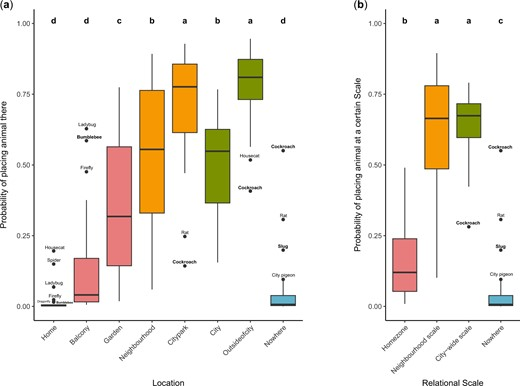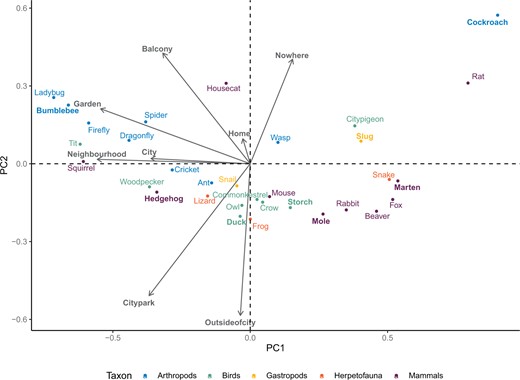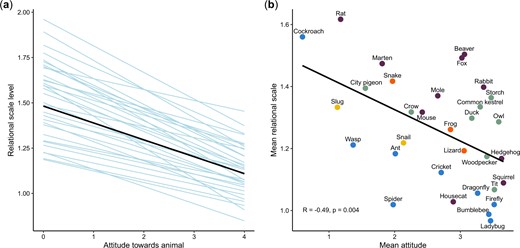Urban wildlife management is very tricky as people have many different levels of tolerance and attitudes towards wildlife. This paper addresses the complications with the idea of “the right place” to put an animal in relation to human society and the physical places it to which it “belongs.” To many people, pets belong in the city, livestock belong in the countryside, and wildlife belong in the wilderness. However, wildlife do not stick to strict boundaries, and many opportunistic generalists actually prefer city life. To gauge public opinion on wildlife placement in the city, this study asks residents of Munich, Germany where they want different species to occur.
To do this, researchers created flyers to describe the project and access to the online survey, and distributed it among houses and residential buildings. To me, this is one of the major limitations of the study. Doing surveys is always hard, as many of us have learned through statistics. I think it’s great that the survey is online and easily accessible; however, they distributed the flyers through handing them out on the street. I think this is a good way to get people’s immediate attention, but we all know how easy it is to ignore someone trying to give you something while you’re walking to class. Posted flyers could have been a way to mitigate this issue, so people could have voluntary interest. Multiple methods of outreach could also be beneficial. For example, people may be less likely to ignore a phone call or an email.
Survey participants were asked to share their demographics, relationship with nature, attitudes toward 32 different species, and where they wanted animals to occur. Demographics requested were age, gender, and highest finished education. I would be interested to see how socioeconomic status would affect opinions, but education level could possibly be used as a similar metric. The researchers chose generally recognizable species with a wide range of taxon. I think they chose a great group of animals, though I was surprised to see no large mammalian apex predators listed. Although this could be because they do not occur commonly in the city.

After analyzation, the data suggests that people more readily placed animals farther from their homes. I was surprised to see that rabbits were not wanted in the city. I think this table layout works very well and is easy to understand for readers.

This is how the researchers chose to display the opinions on where specific animals should be. This graph is quite hard to understand with unclear axes’. A different representation of the data would make it more understandable for readers.

The attitudes of people towards each animal also significantly impacted how far they were placed from the home. This table is very easy to understand with context from the article.
Since “nowhere” was rarely picked as a placement for these species, it shows that people do acknowledge that wildlife somewhat “belong” in the city. However, near the home was the least popular option for placement. With the abundance of yards and green space in residential areas, where does this leave the wildlife? If the wildlife are not to be allowed in the available greenspaces, then other areas in cities need to become available with resources and niche needs to divert wildlife away from the home. Overall, I think this was a very interesting study with a lot of insights into the effect of public opinion on urban wildlife management. These findings will be very beneficial for future urban planning, and the planning of outreach and public education initiatives about urban ecology.
Fabio S T Sweet, Anne Mimet, Md Noor Ullah Shumon, Leonie P Schirra, Julia Schäffler, Sophia C Haubitz, Peter Noack, Thomas E Hauck, Wolfgang W Weisser, There is a place for every animal, but not in my back yard: a survey on attitudes towards urban animals and where people want them to live, Journal of Urban Ecology, Volume 10, Issue 1, 2024, juae006, https://doi.org/10.1093/jue/juae006